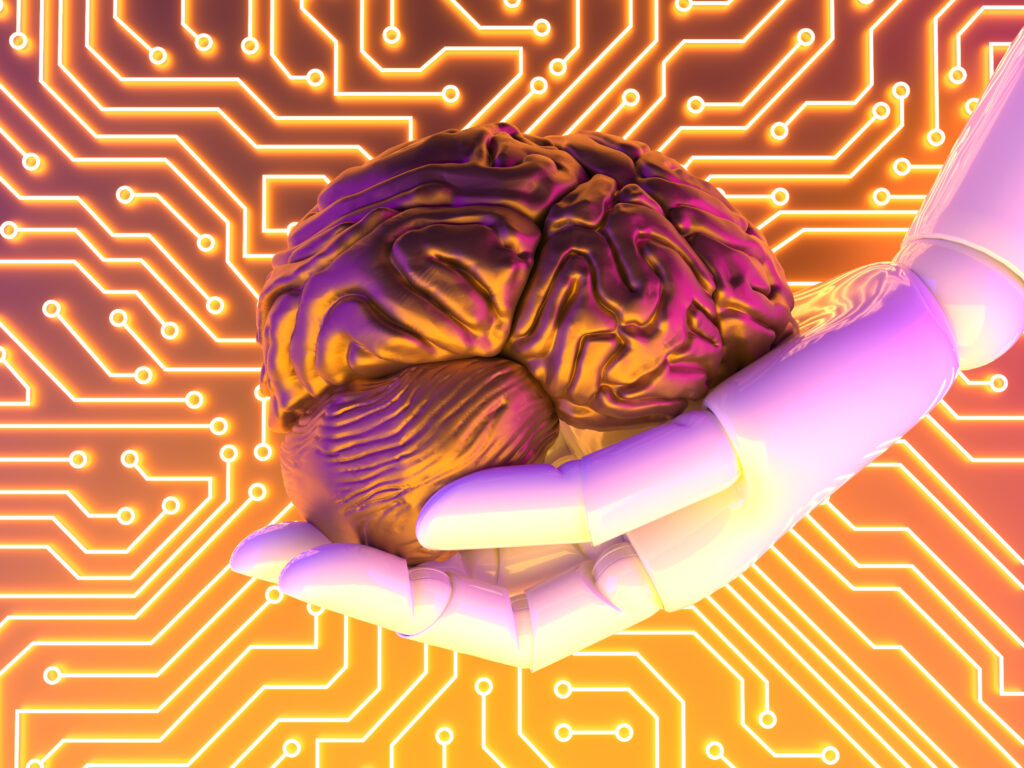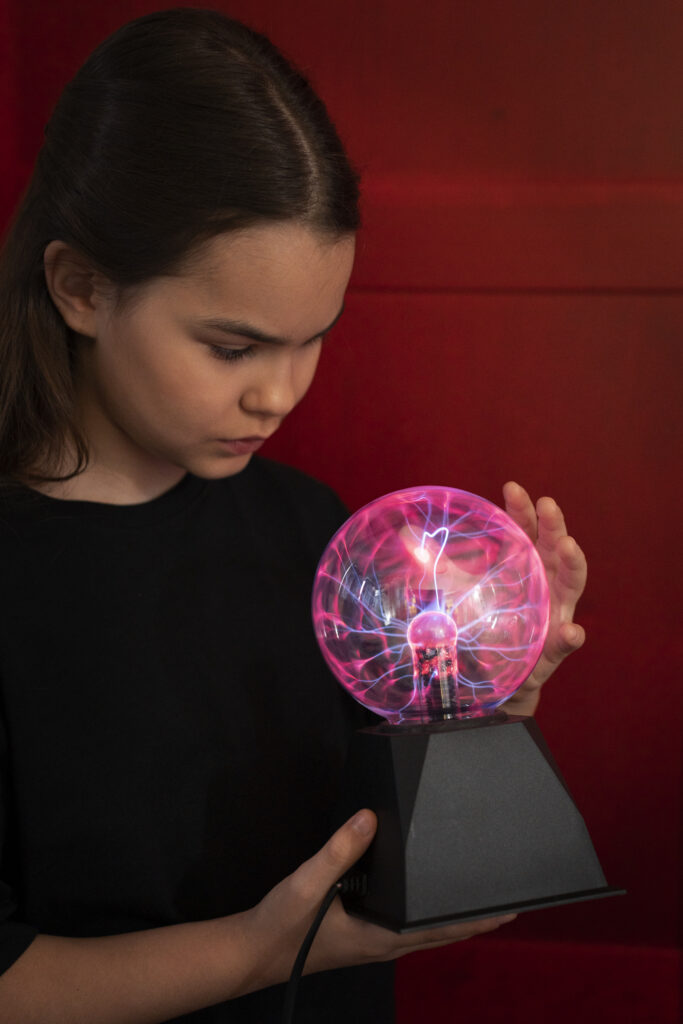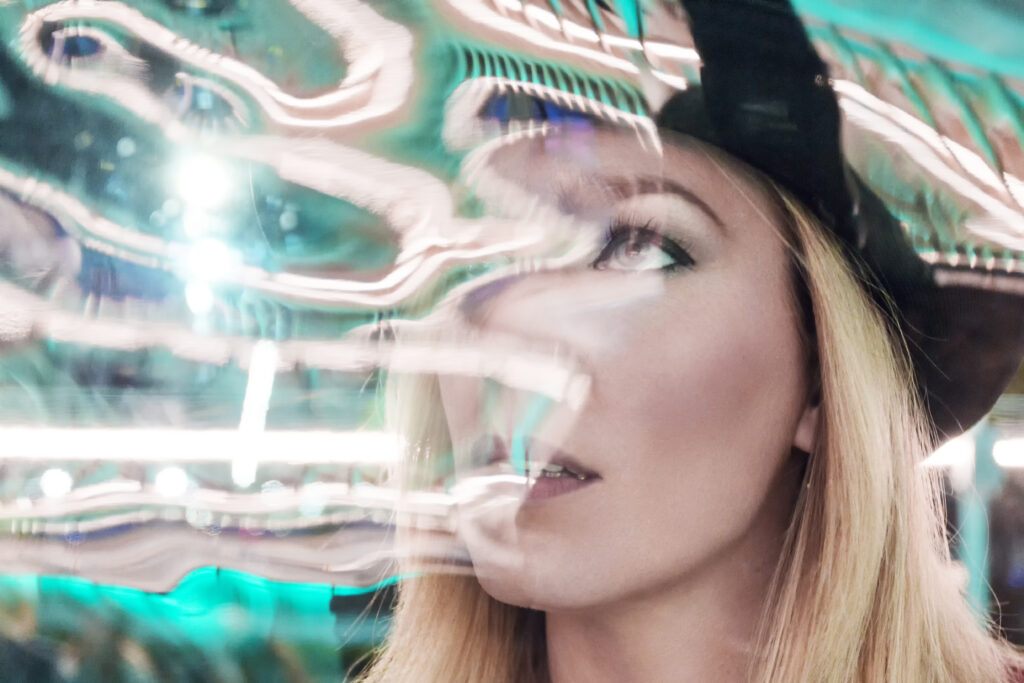AI Art Generation: 7 Cutting-Edge Neural Network Techniques
In the burgeoning field of artificial intelligence, the fusion of neural network methodologies and artistic creation has resulted in a remarkable renaissance of AI-generated art. Among the many techniques employed, seven have distinctly risen to the forefront, each offering a nuanced approach to generating visual content.
Style transfer, for instance, elegantly marries the essence of one image with the structure of another. At the same time, the adversarial tango between the generator and discriminator in Generative Adversarial Networks (GANs) leads to the birth of pictures that are at once novel and strikingly lifelike.
Meanwhile, the enigmatic processes of Variational Autoencoders (VAEs) and the hallucinogenic visions spurred by Deep Dream algorithmically reimagine the boundaries of creativity. As we consider these and other techniques, such as Neural Style Transfer, Stable Diffusion, and DALL-E 2, it becomes apparent that each harbors the unique potential to revolutionize how we conceive and visualize art.
The intricacies and impacts of these neural network techniques manifest a compelling narrative that beckons further exploration, inviting us to contemplate their technical merits and philosophical and aesthetic implications within the art world.
Key Takeaways
- VAEs (Variational Autoencoders) are influential in generating art as they can create new and plausible data points.
- VAEs can synthesize content and style, enabling the creation of unique pieces in AI art generation.
- NST (Neural Style Transfer) combines one image’s stylistic elements with another’s substantive content, producing pastiches of renowned paintings.
- Deep learning optimization techniques, such as gradient descent variants and adaptive learning rates, enhance the creative potential of AI in art generation.
Generative Adversarial Networks (GANs)

Generative Adversarial Networks (GANs) represent a sophisticated paradigm in artificial intelligence, where two neural networks engage in a continuous game-theoretic competition to enhance the authenticity of synthetic art generation. The architecture of GANs is bifurcated into two distinct models: a generator, which produces artificial samples from latent input vectors, and a discriminator, operating as a binary classifier to scrutinize the integrity of these samples.
This adversarial process is rooted in game theory, with the generator striving to fabricate samples that are indistinguishable from genuine artifacts while the discriminator endeavors to discern between authentic and AI-created output. The iterative contest between these networks fosters an environment where the generation of images becomes progressively more convincing, culminating in AI-generated artwork of remarkable quality and realism.
GANs have emerged as a cornerstone in the domain of AI art generators, renowned for their ability to generate new images that are both visually compelling and contextually significant. As AI image generators leveraging GANs continue to evolve, the resulting image generation pushes the boundaries of what is possible in digital art.
However, this progress does not come without ethical implications, particularly as the lines between human and AI-created content become increasingly blurred.
Convolutional Neural Networks (CNNs)

Convolutional Neural Networks (CNNs) have revolutionized the field of computer vision by enabling machines to identify and classify complex patterns within visual data effectively. In the context of AI art generation, CNNs have emerged as a fundamental technology powering the image creation process.
These artificial neural networks leverage deep learning techniques to generate images that are not only visually compelling but also exhibit intricate details and stylistic coherence.
Here are four critical aspects of CNNs that make them instrumental in AI art generation:
- Feature Extraction: CNNs identify and extract hierarchical features from input images, crucial in reproducing artistic styles and nuances.
- Pattern Recognition: Through convolutional filters, CNNs can recognize patterns, synthesizing textures and elements consistent with the desired artistic effect.
- Adaptability: The architecture of CNNs allows for learning from various artistic styles, making them versatile tools for generating a wide range of art forms.
- Efficiency: CNNs can process images in parallel, significantly speeding up the image creation process without compromising the complexity or quality of the generated art.
Recurrent Neural Networks (RNNs)

While convolutional neural networks have established a strong foothold in visual pattern recognition for AI art generation, recurrent neural networks (RNNs) offer a complementary approach, excelling in tasks that require understanding sequential data and temporal relationships. RNNs, with their inherent capacity to process sequences, can be pivotal in AI art generators, mainly when the creation process involves a temporal dimension or narrative structure.
The architecture of RNNs is distinguished by its loops, enabling the networks to retain a form of memory. This characteristic facilitates the neural networks that make AI art to maintain a contextual awareness, an attribute imperative for generating images with coherent and evolving themes. However, RNNs can encounter challenges when dealing with long sequences due to the vanishing or exploding gradient issues, which impede the network’s ability to learn effectively.
Variants such as Long Short-Term Memory (LSTM) and Gated Recurrent Unit (GRU) networks have been developed to surmount these limitations. These structures enhance the AI’s capacity to capture extended dependencies, refining the generator’s performance in producing more complex and nuanced art.
Despite these advances, the application of RNNs in AI art generation remains an evolving domain, with ongoing research focused on optimizing these networks for improved artistic output.
Transformer Models

Transformer models, characterized by their self-attention mechanisms, have revolutionized the field of machine learning, particularly in handling long-range dependencies crucial for complex sequence-to-sequence tasks such as language translation and image generation. These models have permeated the domain of AI art generation, offering novel methods to create distinctive visual content. Their deep learning capabilities enable the generation of art that resonates with human creativity yet is entirely machine-originated.
Here are four pivotal aspects of transformer models in AI art generation:
- Self-Attention Mechanism: This allows the model to consider the entire input sequence when generating each output part. It makes them exceptionally suitable for tasks requiring understanding context and detail, such as style transfer in art.
- Handling of Long-Range Dependencies: Transformer models excel at maintaining coherence over long sequences, which is essential when generating new, complex images that require consistent theming and patterning.
- Adaptability: Originally designed for NLP, these models have shown remarkable versatility. Techniques to create unique art through AI algorithms now often involve transformer-based architectures adapted for visual tasks.
- State-of-the-Art Results: In AI image generators, transformer models have been instrumental in producing high-quality, inventive artworks that push the boundaries of algorithmic creativity.
Autoencoders and Variational Autoencoders (VAEs)

Diving into unsupervised learning, autoencoders emerge as a fundamental neural network technique for distilling high-dimensional data into more manageable representations, facilitating myriad applications, including AI-driven art generation. These neural networks operate by compressing the input data into a latent, lower-dimensional space and reconstructing it to the original dimensionality. Reconstruction is not a mere replication; instead, it seeks to capture and encode the most salient features of the input.
Variational Autoencoders (VAEs), a sophisticated iteration of the standard autoencoder, introduce a probabilistic twist to the encoding process. VAEs are designed to learn the probability distribution that the data embodies. By sampling from this realized distribution, VAEs can generate new images similar to the training samples but not present in the original dataset. This ability to create unique, plausible data points makes VAEs particularly potent for generating art, where novel creations are highly prized.
When trained on a large corpus of artistic imagery, VAEs can produce new works that synthesize aspects of the content image and style image. Fusing these elements results in unique pieces that retain the essence of the learned style while introducing original content, pushing the boundaries of creative expression in AI art generation.
Neural Style Transfer (NST)
Neural Style Transfer (NST) is a pivotal technique in AI-driven art generation, leveraging deep learning to amalgamate one image’s stylistic elements with another’s substantive content.
This technique exemplifies the intersection of computational neuroscience and artistic expression, wherein the distinct layers of a pre-trained convolutional neural network are employed to isolate and recombine content and style features distinctly.
The resultant applications span from transforming photographs into the pastiches of renowned paintings to enriching multimedia content with unprecedented aesthetic qualities.
NST Technique Explained
The Neural Style Transfer (NST) technique stands at the intersection of artificial intelligence and digital artistry, enabling the fusion of distinct visual elements from separate images to create novel artworks. Utilizing deep learning, NST exemplifies how AI models can generate high-quality images through a transformative process.
Here are key points to consider:
- The network minimizes content and style discrepancies, optimizing the generated image.
- Deep Dream Generator and similar platforms leverage NST to create intricate, dream-like visuals from simple images.
- Stable Diffusion, a state-of-the-art image generator developed using AI, often incorporates neural style elements through text prompts.
- NST enables the creation of unique art by blending styles from various sources, effectively generating new images that were previously inconceivable without this technology.
Artistic Applications Examples
Employing Neural Style Transfer (NST), artists and developers have revolutionized digital art by applying the stylistic signatures of renowned artworks to contemporary visual content. This fusion epitomizes a blend of art and technology, where AI capabilities expand human creativity. The table below illustrates the interplay between NST, GANs, and AI-generated art.
| Technique | Description | Application Example |
|---|---|---|
| NST | Applies artistic style from one image to another | Transforming photos into famous styles |
| GANs work | Create images from scratch using AI | Image generators create novel artwork |
| Textual Prompts | Guide AI to create new, visually appealing images | Generating art from descriptive text |
NST leverages deep learning to create visually appealing images that are AI-generated, allowing for the creation of new images that resonate with both the essence of the source style and the original content.
Deep Learning Optimization Techniques
In artificial intelligence and machine learning, deep learning optimization techniques are pivotal for enhancing the performance and accuracy of neural network-based art generation systems. These techniques are crucial when neural networks are used to train on large datasets of images, ensuring that the models can effectively produce new and complex artistic outputs.
Specifically, in the context of Generative Adversarial Networks (GANs), where two neural networks—the generator and the discriminator—are pitted against each other, optimization plays a central role.
To highlight the importance and application of these methods, consider the following:
- Gradient Descent Variants: Algorithms such as stochastic gradient descent and mini-batch gradient descent are instrumental in navigating the high-dimensional weight space of neural networks to find optimal parameters.
- Adaptive Learning Rates: Methods like Adam and RMSprop adjust the learning rate during training, which can lead to faster convergence and ease of use.
- Regularization Techniques: L1 and L2 regularization, dropout, and batch normalization prevent overfitting and ensure that the network is responsible for generalizing beyond the training data.
- Advanced Optimization: Second-order methods and evolutionary algorithms can produce images with higher fidelity and uniqueness, further pushing the boundaries of AI-generated art.
These techniques collectively enhance the creative potential of AI, enabling neural networks to generate innovative and aesthetically pleasing artwork.
FAQs
What is AI art generation?
AI art generation uses artificial intelligence, particularly neural network techniques, to create visual art. These techniques often involve training models on large datasets of artistic styles to generate new, unique art pieces.
What is a neural network in the context of AI art generation?
A neural network is a computational model inspired by the human brain’s structure. In AI art generation, neural networks are trained on artistic styles to learn patterns and generate new artwork based on the known styles.
What is Style Transfer in AI art generation?
Style Transfer is a technique that involves applying one image’s artistic style to another’s content. Neural networks learn the style features of one image and use them in another, resulting in the content of the second image being presented in the style of the first.
What are Generative Adversarial Networks (GANs) in AI art?
GANs are a class of neural networks that consist of a generator and a discriminator. In AI art, GANs can generate realistic and unique images by training the generator to create art and the discriminator to distinguish between real and generated art.
How does Neural Style Transfer work?
Neural Style Transfer works by optimizing an image to combine the content of one image with the style of another. It involves defining a content loss function and style loss function and then using optimization techniques to minimize these losses during training.
